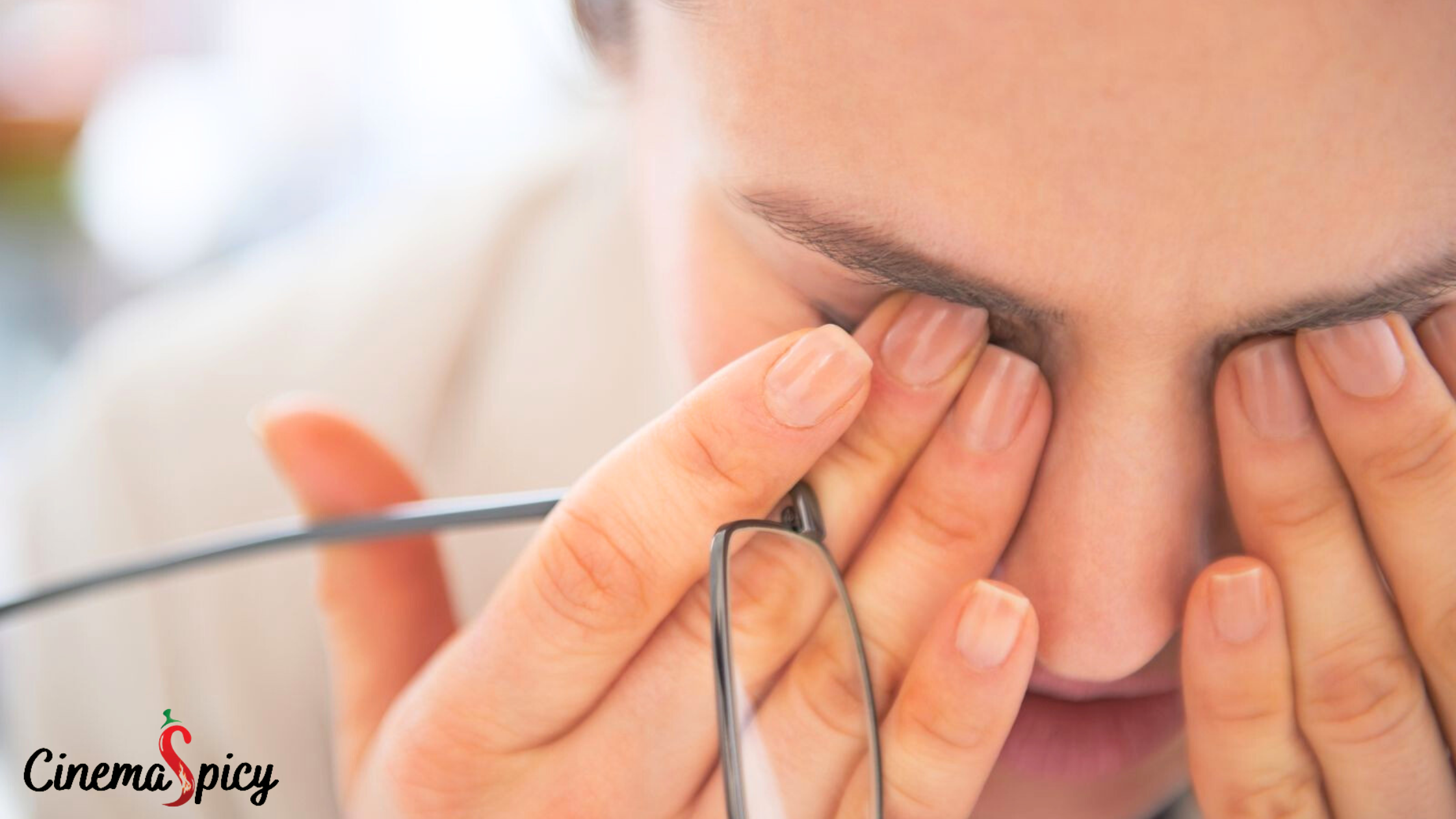Signs of Bad Eyesight In today’s digital age, our eyes are constantly under strain, leading to an increase in vision-related issues. Recognizing the signs of bad eyesight is crucial for maintaining eye health and overall well-being. Early detection can prevent more serious complications and ensure effective treatment.
Signs of Bad Eyesight :
This article provides a comprehensive guide to identifying the symptoms of deteriorating vision and offers insights into how to address these problems.
Common Signs of Bad Eyesight:
Blurred Vision
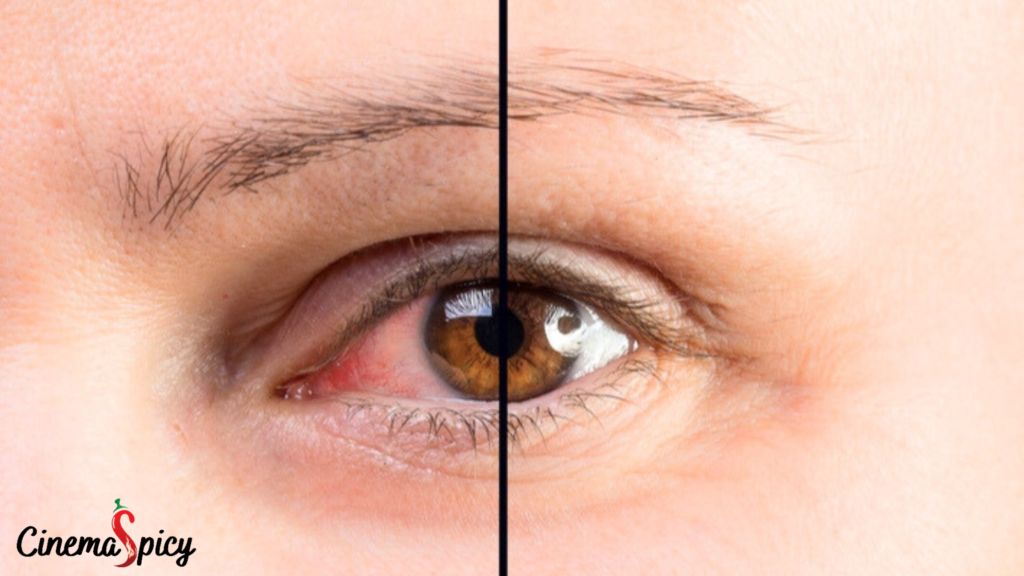
Blurred vision is one of the most prevalent signs of bad eyesight. This condition can occur at any distance and may indicate various underlying issues such as refractive errors, cataracts, or macular degeneration. Individuals experiencing blurred vision often struggle to read, drive, or perform tasks that require clear vision. Regular eye exams are essential to determine the cause and appropriate treatment.
Frequent Headaches
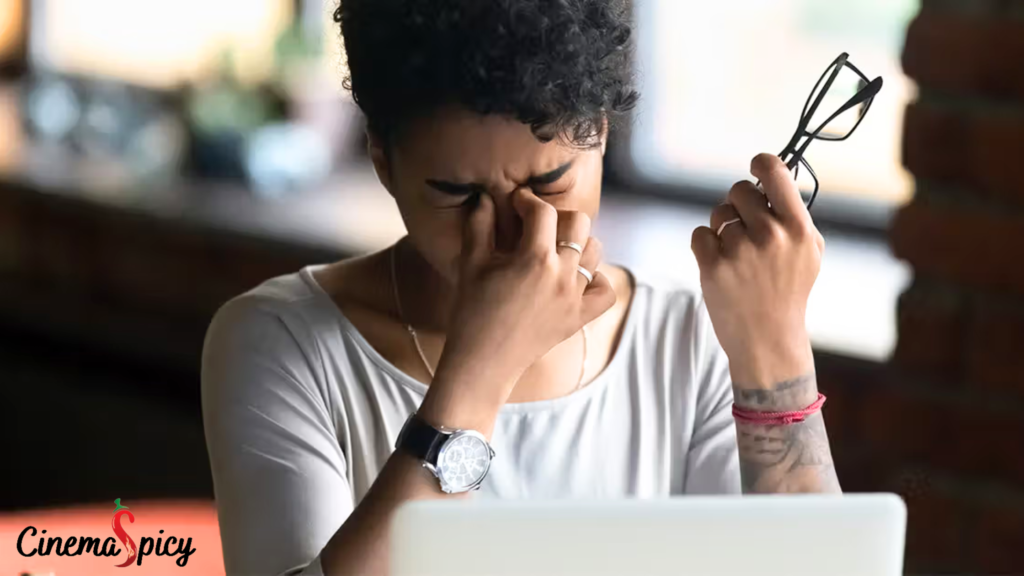
Frequent headaches, particularly after reading or using digital devices, can be a sign of eye strain or signs of unhealthy eyes. These headaches often occur in the forehead or around the eyes. Addressing the root cause, such as updating prescription glasses or reducing screen time, can alleviate this symptom.
Difficulty Seeing at Night
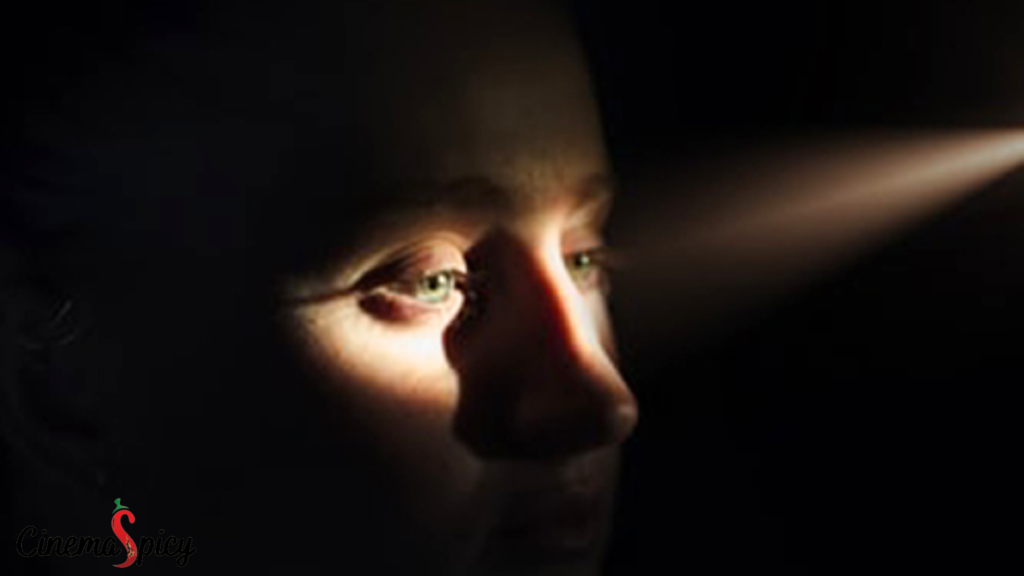
Difficulty seeing at night, also known as nyctalopia, can be a significant indicator of signs of unhealthy eyes. This condition makes it challenging to drive or navigate in low-light conditions. Causes include vitamin A deficiency, cataracts, or retinitis pigmentosa.
Squinting

Squinting is a natural response to blurry vision, as it temporarily improves focus. However, frequent squinting can strain the eye muscles and lead to further complications. It is often a sign that one’s current prescription is inadequate, or that they have an undiagnosed refractive error such as myopia or hyperopia.
Also Read : Why Is Exercise Good for Health? You Should Be Know
Eye Fatigue

Eye fatigue, or asthenopia, is characterized by tired, aching eyes. It commonly results from prolonged activities requiring intense focus, such as reading, computer use, or driving. Signs of unhealthy eyes include dryness, soreness, and difficulty keeping the eyes open. Implementing regular breaks and proper lighting can mitigate these effects.
Double Vision

Double vision (diplopia) can be alarming and is a serious sign of bad eyesight. This condition may result from misalignment of the eyes (strabismus), lens problems, or neurological issues. It necessitates immediate medical attention to determine the underlying cause and appropriate treatment.
Halos Around Lights
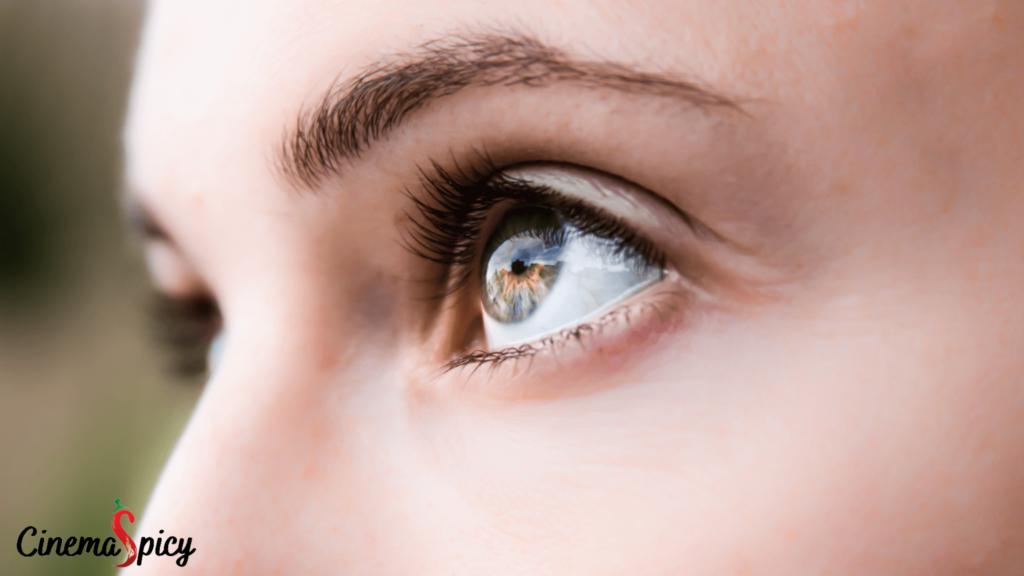
Seeing halos around lights is a common symptom for those with vision problems. This effect can be particularly noticeable at night or in dim lighting. Causes range from cataracts to glaucoma. Early detection and treatment are vital to prevent further deterioration of vision.
Sensitivity to Light

Sensitivity to light, or photophobia, can accompany various eye conditions, including infections, inflammations, or corneal abrasions. Those affected may find bright lights uncomfortable and may experience tearing or discomfort. Wearing sunglasses and seeking medical advice can help manage this symptom.
Watery or Dry Eyes
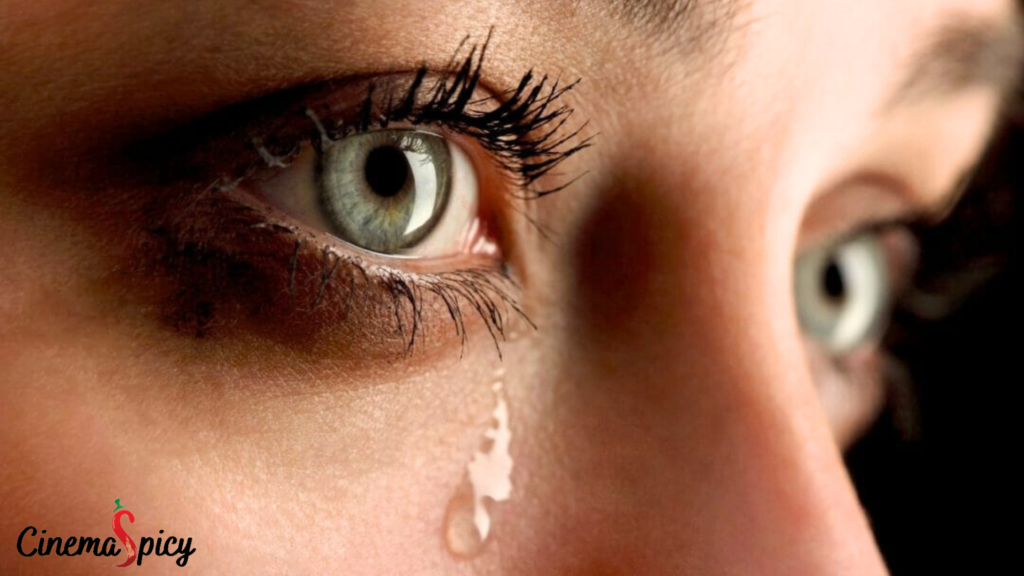
Experiencing watery or dry eyes can indicate dehydration signs of unhealthy eyes. Conditions such as dry eye syndrome or allergies can lead to excessive tearing or dryness. Proper diagnosis and treatment, such as artificial tears or antihistamines, can alleviate these symptoms.
Also Read : The Impact of Social Media on Mental Health: You Should Read
Struggling to Read Small Print

Struggling to read small print is often associated with presbyopia, an age-related condition where the eye’s lens loses flexibility. This can make it difficult to focus on close things. Reading glasses or bifocals are common solutions to this problem.
Underlying Causes of Bad Eyesight
Refractive Errors
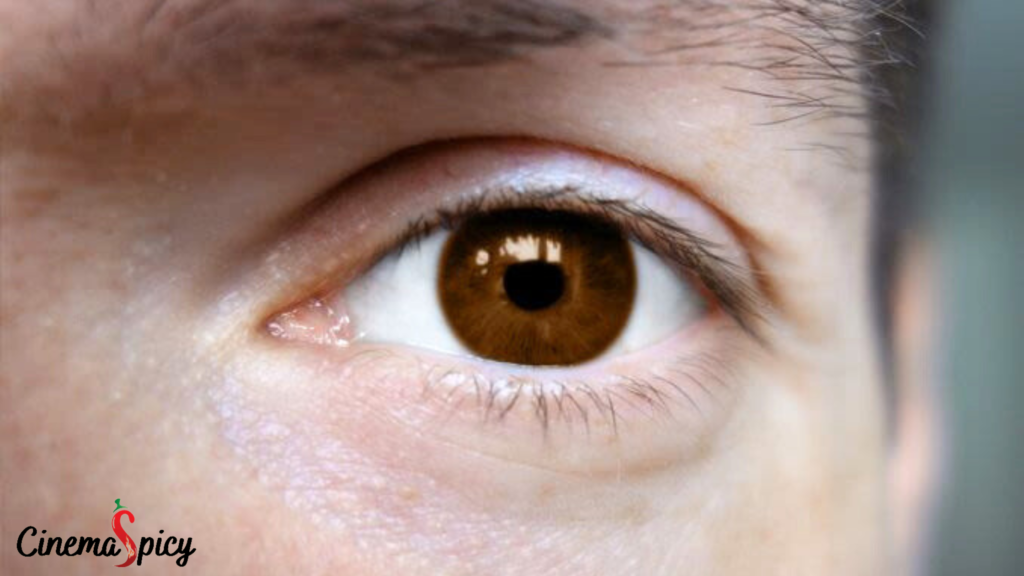
Refractive errors are the common cause of poor vision. These include myopia (near), hyperopia (far), astigmatism, and presbyopia. Typical treatments are Corrective lenses or refractive surgery .
Age-Related Eye Conditions

As we age, our risk of developing eye conditions increases. Cataracts, glaucoma, and macular degeneration are prevalent among older adults. Regular eye check-ups are essential for early detection and management of these conditions.
Eye Diseases
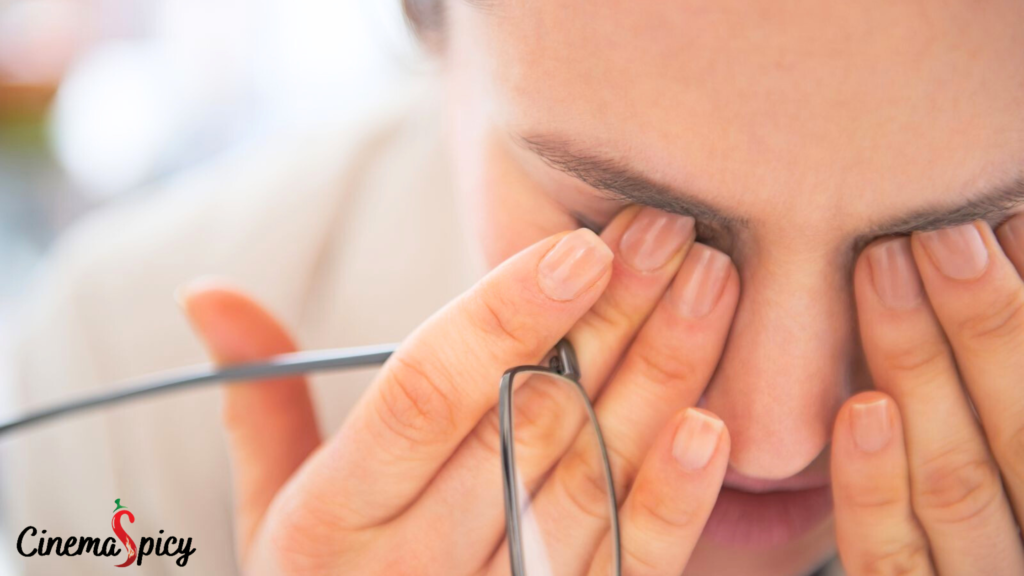
Various eye diseases can lead to vision loss if not treated promptly. Diabetic retinopathy, retinitis pigmentosa, and optic neuritis are a few examples. Maintaining overall health and regular eye exams can help mitigate these risks.
Injuries and Infections
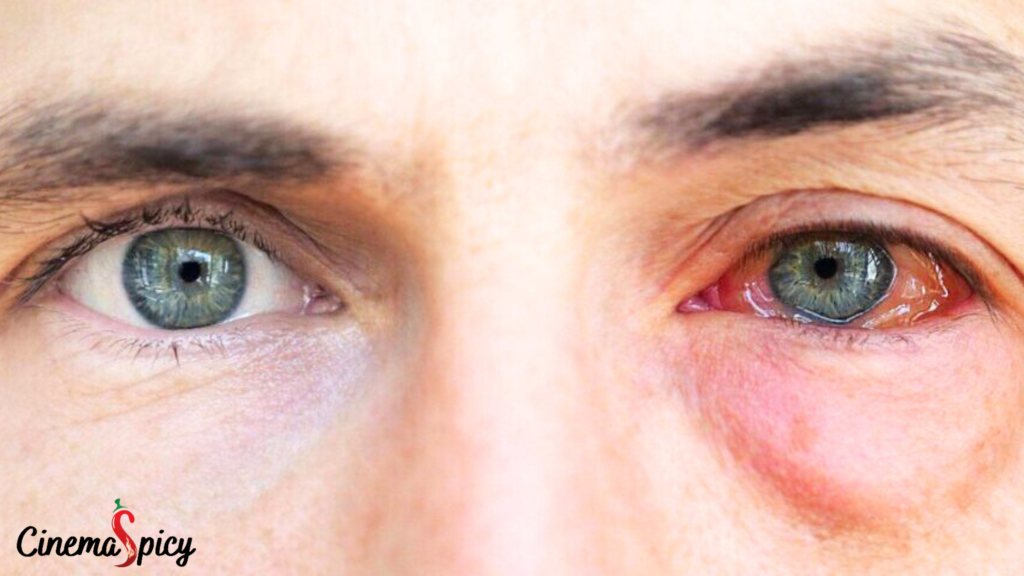
Eye injuries and infections can cause temporary or permanent vision problems. Wearing protective eye wear and practicing good hygiene are vital preventive measures.
Preventive Measures and Treatments
Regular Eye Exams
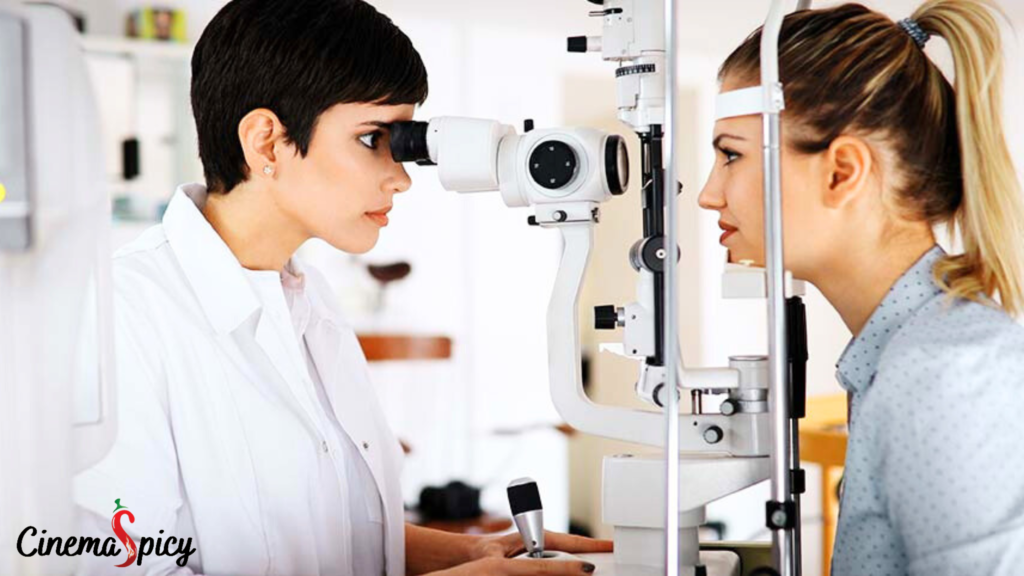
This is crucial for detecting vision problems early. Adults should have comprehensive eye exams every two years, while those over 60 should go annually. Children should have their first eye exam at six months, followed by regular check-ups.
Healthy Lifestyle Choices

Maintaining a healthy lifestyle can positive impact eye health. A balanced diet rich in vitamins A, C, and E, omega-3 fatty acids, and antioxidants supports good vision. Regular exercise, not smoking, and managing chronic conditions like diabetes and hypertension also contribute to eye health.
Proper Eye Protection

Protecting your eyes from harmful UV rays, blue light from screens, and potential injuries is essential. Wearing sunglasses with UV protection, using blue light filters, and safety goggles during activities that pose a risk to the eyes can prevent damage.
Corrective Lenses and Surgery
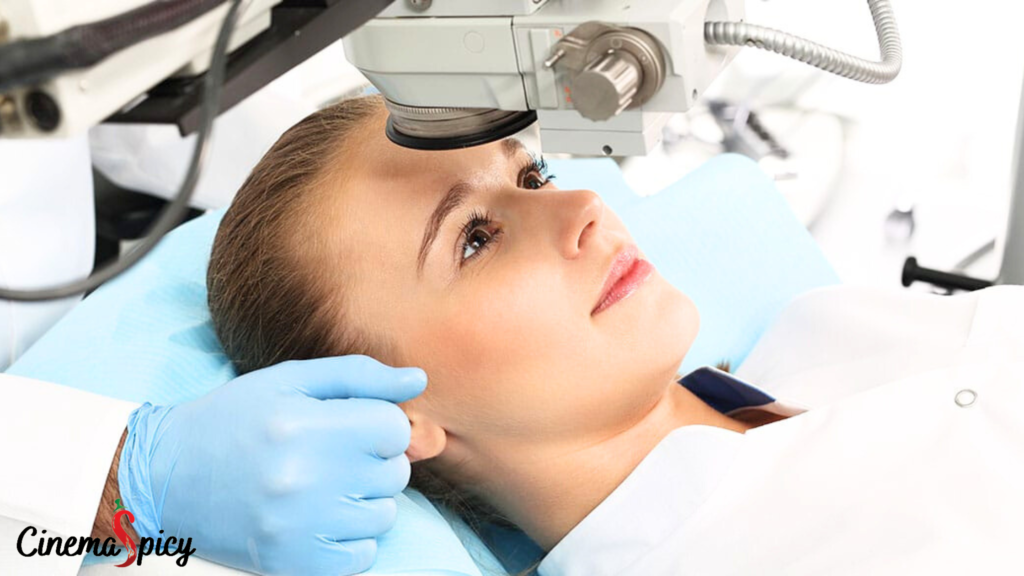
For those with refractive errors, corrective lenses such as glasses or contact lenses are common solutions. Refractive surgery, like LASIK, offers a more permanent correction. Consulting an eye care professional will help determine the best option.
Managing Eye Strain

To combat eye strain, follow the 20-20-20 rule: every 20 minutes, look 20 feet away something at least 20 seconds. Ensuring proper lighting, adjusting screen brightness, and taking regular breaks can also reduce strain.
Conclusion
Recognizing the signs of bad eyesight is the first step towards maintaining optimal vision and overall health. By understanding the symptoms and underlying causes, individuals can take proactive measures to protect their eyesight. Regular eye exams, a healthy lifestyle, and appropriate treatments are key to preserving vision and preventing further complications.
FAQ:
1. What are the early signs of bad eyesight that I should look out for?
Answer: Early signs of bad eyesight can vary, but common symptoms include:
- Blurred Vision: Difficulty focusing on objects at any distance.
- Frequent Headaches: Especially after reading or using digital devices.
- Eye Fatigue: Tired, aching eyes, often accompanied by dryness or soreness.
- Difficulty Seeing at Night: Challenges with driving or navigating in low light conditions.
- Squinting: A frequent need to squint to see clearly.
Regular eye exams are essential for early detection and addressing any of these symptoms promptly can prevent further deterioration of vision.
2. How can I prevent eye strain, especially when working on a computer all day?
Answer: Preventing eye strain, particularly during prolonged computer use, involves several strategies:
- Follow the 20-20-20 Rule: Every 20 minutes, look at something 20 feet away for at least 20 seconds.
- Proper Lighting: Ensure your workspace is well-lit to reduce glare and strain.
- Screen Position: Keep your screen at an arm’s length away and slightly below eye level.
- Adjust Screen Brightness: Match the brightness of your screen to your surroundings.
- Regular Breaks: Take frequent breaks to rest your eyes, and consider using artificial tears if you experience dryness.
Implementing these habits can significantly reduce eye strain and protect your vision over time.
3. What lifestyle changes can I make to improve and maintain my eyesight?
Answer: Maintaining good eyesight can be supported by several healthy lifestyle choices:
- Balanced Diet: Include foods rich in vitamins A, C, and E, omega-3 fatty acids, and antioxidants. Leafy greens, fish, nuts, and fruits are particularly beneficial.
- Regular Exercise: Physical activity promotes healthy blood circulation, which is vital for eye health.
- Avoid Smoking: Smoking increases the risk of eye diseases like cataracts and macular degeneration.
- Manage Chronic Conditions: Conditions like diabetes and hypertension can affect eye health, so it’s important to keep these under control.
- Protective Eyewear: Wear sunglasses with UV protection, use blue light filters for screens, and safety goggles when needed.
Adopting these habits can help maintain good vision and prevent eye-related problems.


